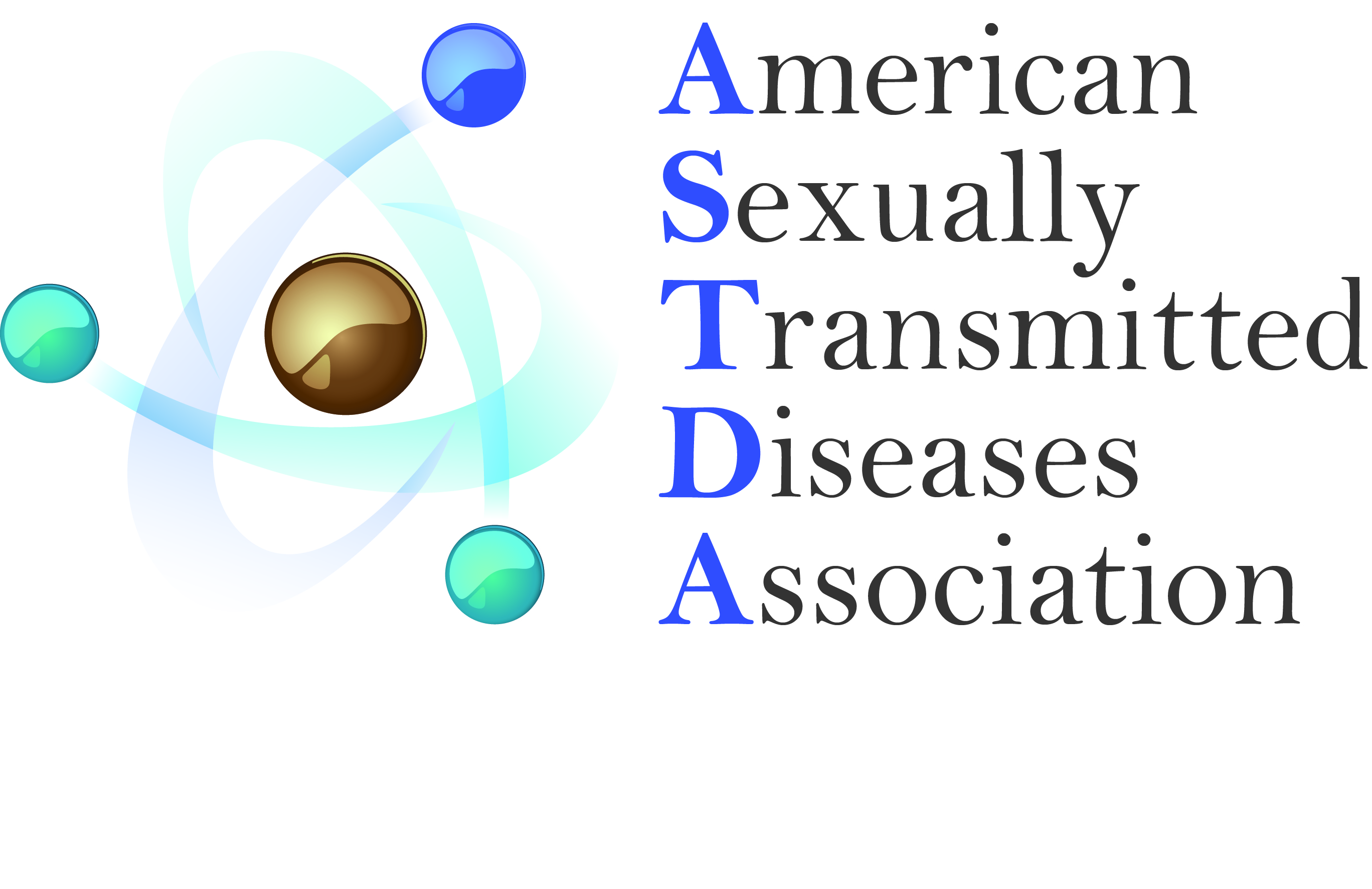Blog Detail
|
Discussion->
Kees Rietmeijer's Personal Blog
|
|
Training, Program, Science |
|
| Kees Rietmeijer on November 07, 2015 at 04:52:49 PM | |

Dear Colleagues, Last week, the National Network of STD Prevention Training Centers (NNPTC) and the National Coalition of STD Directors held their annual meetings back-to-back in Savannah, GA. Obviously, this was no coincidence. Since the NNPTC started their new funding cycle last fall, there has been a clear expectation from CDC that the prevention training centers work closely together with the state and local STD AAPPS (Assessment, Assurance, Policy Development and Prevention Strategies) grantees and indentify areas where the NNPTC can provide targeted training and technical assistance. For many in the NNPTC this is a departure from clinical training business as usual and requires a new approach. While challenging, especially for those centers that are working with new states in their jurisdiction, this is also a great opportunity to expand the reach of NNPTC expertise. This new direction is accompanied by a shift in the focus of clinical training. Where in the past, there was little scrutiny in who attended the NNPTC intensive clinical training courses, there is now an expectation that this precious (because labor-intensive) resource be reserved for those clinicians that play a critical role in the staffing of the nation’s STD clinics. Together, these pivots serve to enhance the overall level of STD clinical services delivered in primary and specialty care settings while at the same time shoring up the STD public health safety net. After their 2-day meeting, many NNPTC members therefore stayed the remainder of the week to connect with their AAPPS counterparts convening for the annual NSCD meeting. Under the inspiring leadership of NCSD Executive Director Bill Smith and his staff, the NCSD annual meeting has grown into a real happening, this year attracting a record 360 participants. For highlights of the conference I defer to the NCSD website, where a series of blogs will be posted shortly and to my STDPOdcast interview with Bill Smith at: this link. The remainder of this blog I want to discuss the remarks I was asked to make at the NSCD conference on behalf of the American Sexually Transmitted Diseases Association (ASTDA) that focused on the collaboration between ASTDA and NCSD. I framed this discussion as the interface between STD program (as represented by NCSD), and research (as represented by ASTDA) and how this interface can be enhanced. Specifically, I tried to answer 3 questions from the ASTDA perspective. First, how can we better translate and communicate the findings from STD science/research to practice? This, in my view, is what ASTDA’s journal Sexually Transmitted Diseases should be all about. In fact, the journal’s new editor Bill Miller, has specifically proposed to prioritize articles for publication that are relevant to program and to encourage programs to publish on innovations and effectiveness evaluations. In that same vein, the journal started a section almost 3 years ago, The Real World of STD Prevention, that selects and invites articles deemed relevant for program and makes these articles available online free of charge. Besides the journal, the ASTDA also owns the STD-Prevention-Online website, now entering its 8th year, that aims to be a platform for the exchange of STD relevant information for all those engaged in STD prevention. The second question is how to better communicate/inform program needs to the STD research community? This is getting trickier. Yes, we would like to have more program people become members of the ASTDA to help us in this process, but what can we offer them? A bit of a Catch-22, to be sure. However, I feel strongly that ASTDA should build a “bigger tent”. As a starting point, we have worked hard this last year to change the ASTDA leadership structure to create standing membership on the ASTDA Executive Committee for our main partners, including NCSD and the American Sexual Health Association (ASHA). A proposal to accommodate this change is now before the ASTDA membership. This is only a beginning in what I hope is going to foster an ongoing and productive dialogue between the STD program and science communities. Third, moving forward, how do we develop a meaningful program-science agenda? Unfortunately, at the domestic level, there is not much to guide us. To be honest, “You know it when you see it” is often my yardstick when I review program science articles for our journal and The Real World section. As said above, I do think that we have made some strides with our journal in showcasing program science articles that have a major impact on program. However, I also think that we should develop a more formal guidance on program science in the STD context that will help us move forward in making programs be more science driven and for science to respond to programmatic needs. I am very much looking forward to the continued dialogue between NSCD and ASTDA to make this happen. I think that the NNPTC plays an important role in this dialogue as well. In the end, they are the ones operating at the program-science interface and trying make science-based interventions happen in the real world of STD prevention! Enjoy the Season! Best Regards, Kees Rietmeijer, MD, PhD President, American Sexually Transmitted Diseases Association You can follow me @keesrietmeijer |
|
